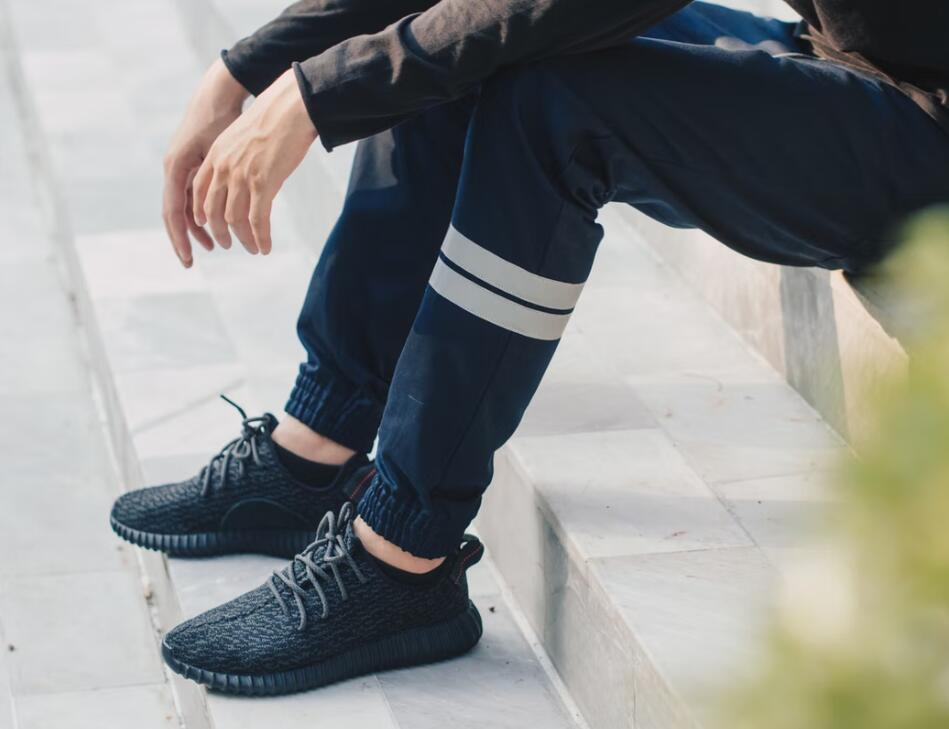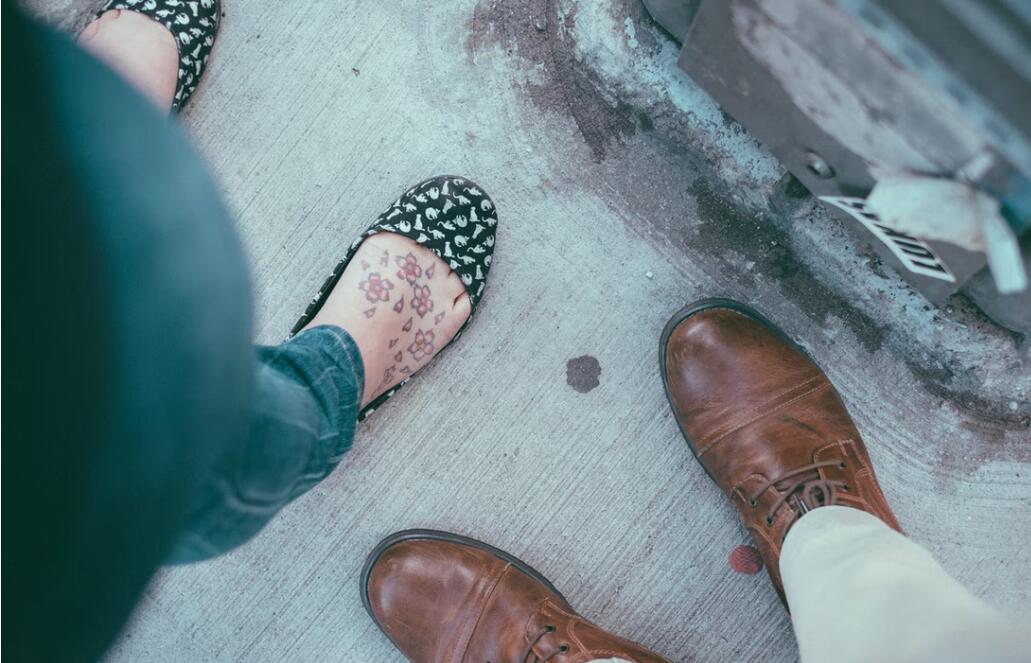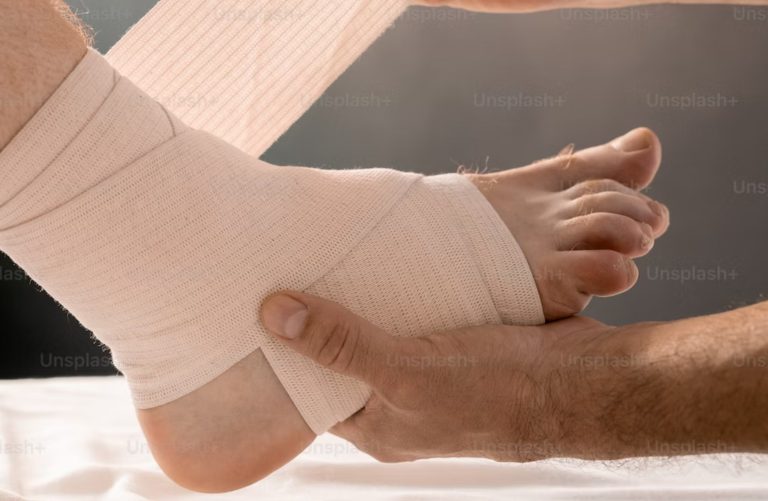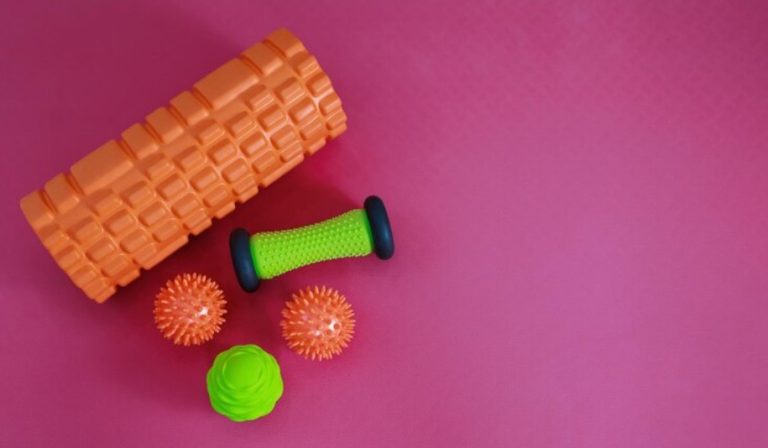Can Flat Feet Cause Shin Splints? Expert Answers
Shin splints are a common ailment among runners. The condition causes pain in the front, outside and inside of your shin. Shin splints can be caused by overuse, improper footwear, poor biomechanics or other factors. Can flat feet cause shin splints,in most cases, shin splints will go away on their own after a few weeks of rest and recovery. However, if you have been diagnosed with flat feet, it may be more difficult to treat your shin splints without professional help.
Flat feet — also known as fallen arches — occur when the arch in your foot flattens out. Flat feet are usually hereditary or caused by an injury to the muscles that support the arch or ligaments holding together bones in the foot.
Many people who have flat feet don’t experience any symptoms of discomfort or pain related to their flat arches until they become active and start exercising regularly. When this happens, muscles around the joints in your feet and ankles may become strained and inflamed because they aren’t used to supporting weight on these areas of the body for extended periods of time. This results in inflammation of tendons around muscle attachments (such as where muscles meet bones) as well as inflammation of ligaments connecting bones together at joints.
Can Flat Feet Cause Shin Splints?

Yes. Flat feet can cause shin splints because they can lead to muscle imbalances, which can cause pain. The muscles in your legs (and other parts of your body) work together to keep you upright, and they are supposed to work equally. When a muscle or group of muscles is overworked, it can become strained or spasmed. This happens when one side of the body is working harder than the other side, or if one side of the body doesn’t have enough strength to keep up with the other side’s demands.
For example, if you have flat feet and spend time walking on hard surfaces (like concrete), your arch may not be able to support as much weight as before. So instead of distributing weight evenly through both arches, now more weight is being placed on just one side. This causes one leg to work harder than the other — often without your realizing it — which can result in muscle strain and pain in that area over time.
What Causes Shin Splints?

Shin splints injuries are very common in runners, especially those who have recently started running or who have increased their training intensity.
The pain of shin splints occurs in the lower leg, specifically the front and inside part of the lower leg. The pain is usually worse when you press on the front of your shin bone just below your knee, and when you dorsiflex (raise) your foot toward your head. Dorsiflexion means that you are moving your ankle up toward your knee; it is a movement that occurs during walking and running when you lift your toes to clear rocks or other obstacles.
Shin splints occur when excessive force is placed on muscles or tendons at the front side of the tibia (shin bone). This excessive force can occur during running, particularly downhill running and uphill running; however, it also may occur during jumping activities such as basketball or volleyball.
There are three main types of shin splints injuries depending on where they occur: anterior tibialis tendonitis (AT), medial tibial stress syndrome (MTSS), and posterior tibial tendon dysfunction (PTTD).
Who Will Gets Shin Splints?
Shin splints are a common injury among runners, but they can also affect other athletes. Shin splints occur when the muscles and tendons surrounding the shinbone become inflamed.
Shin splints injuries are most often caused by an increase in training frequency or intensity. However, overuse of your muscles and tendons can also lead to shin splints.
Shin splints are not associated with any one specific activity or sport; they can occur in anyone who does a lot of running, jumping or kicking. If you have recently started exercising or if you have recently increased the amount of exercise you do, you should be aware of the possibility of developing shin splints.
How To Diagnose If Your Have Shin Splints ?
If you have shin splints, you may experience pain in the lower leg. The pain of shin splints is usually felt when running or walking and can last for hours after the activity. If you have this condition, it’s likely that you’ll experience some type of pain whether you are standing up, walking up stairs or down them.
The symptoms of shin splints include:
- Pain at the bottom portion of your lower leg near where it meets your foot (the tibia).
- Pain when running or during other activities such as jumping rope or stair climbing.
- The pain is located along the inside edge of the shin bone.
- You can feel a tender bump along the inside edge of the shin bone.
- The pain increases when you lift your toes toward your knee.
- Pain content starts out as a dull ache and progresses to sharp pain.
The pain associated with shin splints is normally felt along the front of the lower leg in the area between the knee and ankle bones (tibia). The pain of shin splints starts off as dull ache and progressively becomes more sharp, especially after exercise and when you stand on your tiptoes.
Treatment And Prevent Of Shin Splints
Shin splints are a common injury that causes pain in the lower legs. The pain is often worse when you run or walk down hill, and it can feel like your legs are “shin splinting” themselves. When you’re suffering from shin splints, it’s important to rest and take care of your body until the pain goes away. There are also some things you can do at home to help relieve pain and discomfort while treating your shin splints.
Rest
Rest is the most important factor in healing shin splints. In fact, resting can help prevent them from getting worse and allow you to heal faster. Resting involves staying off of your feet and limiting activity so that your body has time to rest.
This isn’t as easy as it sounds though! Once you’re used to being active, it’s hard to settle down and not move around very much. You may have heard that “the best way” to recover from a shin splint injury is simply “rest,” but what does this mean?
The term “rest” actually covers several different activities:
- Resting completely (in bed) for 24 hours if possible
- Limiting your range of motion for around two weeks after the pain stops (no bending or stretching)
Resting can be hard when you’re used to being active every day. However, doctors recommend that people with shin splints take some kind of break from their usual routine for at least two weeks so their body has time to heal from the injury before trying new things again like running marathons or going on long hikes outdoors without first checking with their doctor first!
Ice and Heat
You can use both ice and heat. If you have shin splints, the best time to apply ice is 20 minutes after exercise. This helps reduce inflammation in your muscles and tissues, which will help prevent further damage from happening. If you don’t have access to an ice pack or instant hot pack, a bag of frozen peas makes for a great substitute.
Heat can also be helpful for treating shin splints by increasing blood flow in the area where you’re experiencing pain—it’s important to note that this doesn’t mean heating up the entire leg! Heat should only be applied directly to where there is pain; keep it at least 6 inches away from other areas of your leg. If you don’t have access to an electric heating pad or hot water bottle, warm up room temperature water in a pot on the stove before soaking socks or compresses in it (see above).
Mild Anti-inflammatory Medication
If you are suffering from mild shin splints, taking ibuprofen or aspirin may be a good idea. Ibuprofen is the main ingredient in many over-the-counter pain pills and can help reduce inflammation.
Naproxen, celecoxib and diclofenac are also widely used for reducing inflammation. These medications should not be taken by people with heart problems or gastric ulcers.
Etoricoxib is an effective treatment for patients with osteoarthritis of the knee as well as other painful conditions such as acute gouty arthritis and rheumatoid arthritis (RA). It works by inhibiting the cyclooxygenase (COX) enzymes which produce prostaglandins that cause pain and swelling in various body parts including those affected by RA but cannot be used if you have been diagnosed with peptic ulcers or severe kidney disease because it may cause serious side effects like bleeding or heart attacks in high doses; therefore only your doctor will know how much medication will work best for your condition.
Orthotics
Orthotics are custom-made inserts that can help relieve pain and prevent future problems. They may be recommended by your doctor if you have shin splints, but they are not a cure for the condition.
Orthotics can reduce the amount of stress on soft tissue, which can be helpful in treating shin splints. However, it’s important to note that orthotics are not a substitute for rest, ice and heat. Moreover, it’s important to recognize that orthotics might not work well for everyone; some people may find them uncomfortable or ineffective. Orthotic inserts can also be expensive: between $300-$400 per pair on average.Looking for budget-friendly choices? Visit here for affordable flat feet insoles .”
Stretching and Strengthening Exercises
Stretching exercises are best done at the end of your workout when the muscles have been warmed up. The stretches should be held for 15 to 20 seconds and repeated three or four times per exercise.
Stretching is an important part of any treatment program for shin splints, as these exercises help improve flexibility and range of motion in your ankles, calves, shins and Achilles tendon. Some stretching exercises that can be done daily include:
- Ankle circles—Move your foot around in small circles with each ankle bent about 45 degrees; repeat this for 10 to 15 seconds with each foot
- Toe-touching—While standing on one leg with knees bent slightly, brush both toes against each other; repeat this 10 times on each side
Conclusion
Flat feet are a common condition, yet in most cases they don’t require treatment. However, if flat feet are accompanied by chronic pain, disability or frequent injury there’s a good chance that you have fallen victim to the myth of “flat feet and shin splints”






